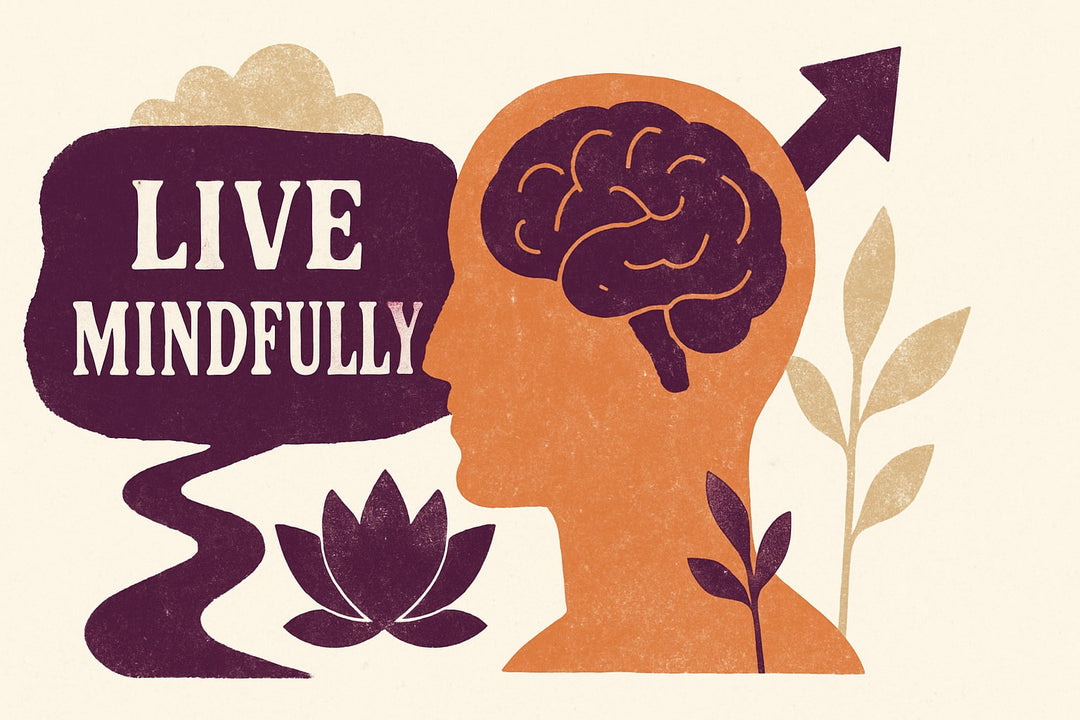A Guide to Therapeutic Journaling

Journaling can be a powerful tool for therapy, helping individuals process emotions, track progress, and gain insights into their thoughts and behaviors. Here’s a comprehensive guide to using a journal for therapy, including creative journaling techniques and therapy journal prompts to get you started.
Benefits of Journaling
Journaling about your feelings is linked to decreased mental distress. In a study, researchers found that those with various medical conditions and anxiety who wrote online for 15 minutes three days a week over a 12-week period had increased feelings of well-being and fewer depressive symptoms after one month. Their mental well-being continued to improve during the 12 weeks of journaling.
Understanding Therapeutic Journaling
Therapeutic journaling involves writing about your thoughts, feelings, and experiences to improve your mental well-being. It’s a private and introspective practice that allows you to express emotions, reflect on events, and gain clarity. By putting pen to paper, you create a tangible record of your mental journey, which can be enlightening and healing.
Getting Started with Your Therapy Journal
1. Choose Your Medium- Decide whether you prefer a physical notebook or a digital journal. Each has its benefits: a notebook can feel more personal and tactile, while a digital journal can be more convenient and accessible.
- Consistency is key. Set aside a specific time each day or week dedicated to journaling. This creates a habit and ensures you regularly reflect on your mental state.
- Make sure you have a comfortable and private space to write. This helps you feel secure in expressing your true thoughts and feelings without judgment.
Related: Journaling for Self-Discovery: How to Start Your Journaling Journey
Related: The Guided Clarity Journal for Daily Use
Therapy Journal Prompts
Prompts can help guide your journaling, especially when you’re unsure what to write about. Here are some effective therapy journal prompts:- What am I feeling right now?
- What triggered these emotions?
- What are three things I’m grateful for today?
- Describe a recent challenge and how I handled it.
- What are my biggest fears, and why do they scare me?
- Reflect on a recent positive experience. How did it make me feel?
Using prompts can help you dig deeper into your psyche and address specific areas of your mental health.
Related: 20 Journaling Prompts You Can Use Today
Creative Journaling Techniques
1. Free Writing- Set a timer for 10-15 minutes and write without stopping. Don’t worry about grammar or coherence; the goal is to let your thoughts flow freely.
- Combine drawing, painting, or collage with your writing. Visual expression can enhance your understanding of your emotions and provide a different perspective.
- Start with a central idea or feeling and create a visual map of related thoughts and emotions. This technique can help you organize and connect different aspects of your mental state.
- Write letters to yourself, to others, or even to your future self. This can be a powerful way to process emotions and gain insight into your relationships and personal growth.
- Make lists of things you love, goals, achievements, or daily gratitude entries. This helps shift focus towards positive aspects of your life and can boost your mood.
Related: How to Create a Self-Love Routine That Works for You
Tips for Effective Journaling
- Be Honest: Authenticity is important. Write what you truly feel and think, not what you believe you should.
- Be Kind to Yourself: Avoid self-criticism. Treat your journal as a judgment-free zone.
- Reflect Regularly: Periodically review your past entries. This can help you see patterns and track your progress over time.
- Seek Support: If journaling brings up difficult emotions, don’t hesitate to seek support from a therapist or counselor.








Leave a comment